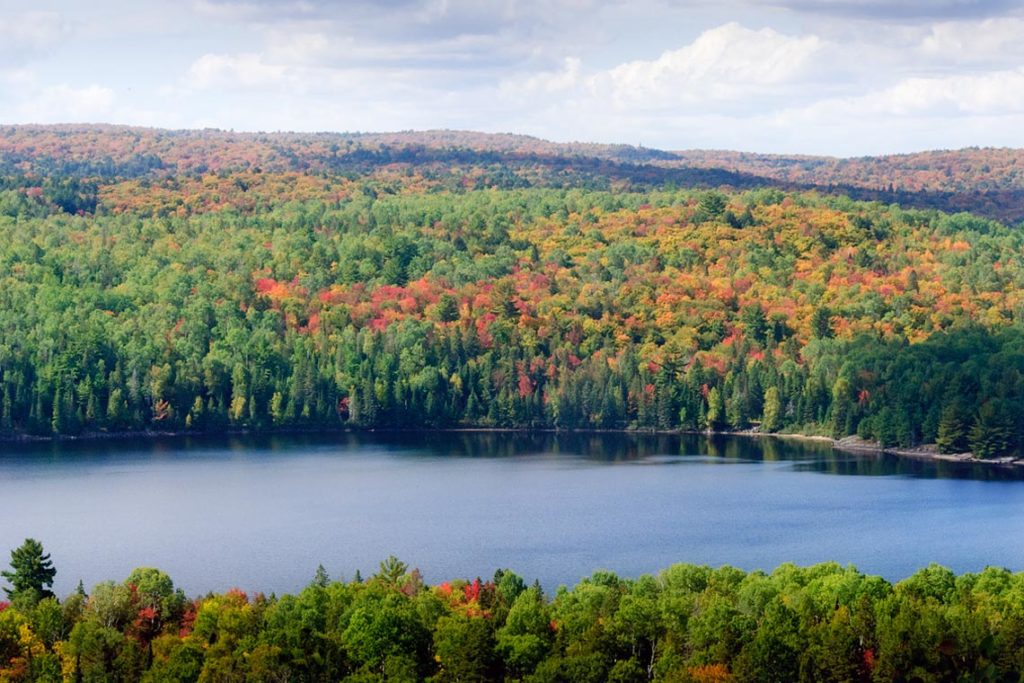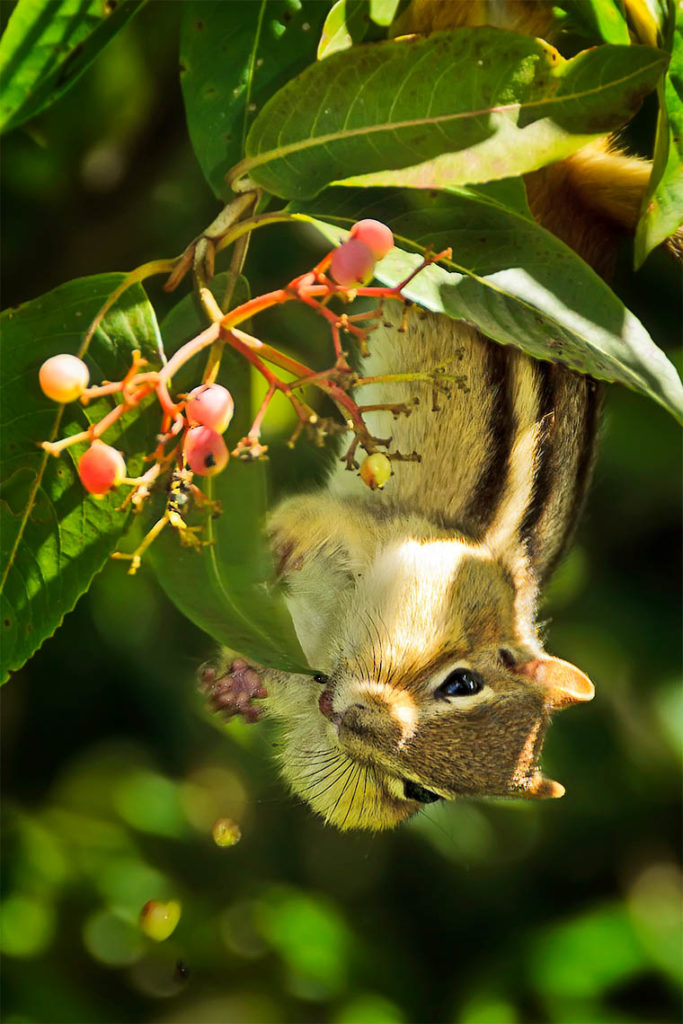
The Province of Ontario stretches nearly 2,000 kilometers from its border with Québec in the east to its border with Manitoba in the west. It contains the southernmost point in Canada, Pelee Island in Lake Erie, to the shores of Hudson Bay almost 2,000 kilometers to the north. It is the second-largest and the most populous of the 10 provinces that, along with the 3 territories, make up the map of present-day Canada.

Ontario’s universities are located in cities throughout the Province, and the great majority of them are members of the OBW exchange group. There are considerable differences from university to university in terms of their size, their history, their surroundings, their academic profile, and the prevailing traditions of student life, but all the universities in Ontario share a common standard of excellence in teaching, research, and campus facilities. Most have English as their language of instruction, but it is also possible to study in French ― or to take some courses in French and some in English ― at certain Ontario universities.
Ontario, as suggested above, is very big. Its landscapes include the rich agricultural lands of the Great Lakes Basin, modern cities, the almost endless lakes, rivers, and forests of the Canadian Shield, and the magnificent silence of the northern tundra. Ontarians and visitors alike are drawn to the Provincial and National Parks found throughout Ontario. Whether it is a matter of canoeing in the world-famous Algonquin Park, or hiking, snowshoeing, cross-country skiing, camping, or just hanging out with friends and swimming and picnicking at one of the many other parks, the opportunities to spend time outdoors are almost limitless. The diversity of wildlife is amazing: depending where you live and travel in Ontario, you will likely see everything from moose and bears (so be careful when you’re out in the woods!) to the annual migration of the Canada geese and the absolutely unforgettable sight of the monarch butterflies on their way in the fall to their breeding grounds in Mexico.
The cities of Ontario are astonishing for their ethnic and cultural diversity: you can meet people and taste every kind of food from countries all over the world. The Provincial capital, Toronto, and the national capital, Ottawa, offer everything that one would expect in capital cities in terms of the arts: theatre, concerts, opera, dance, cinema, museums and galleries, and festivals of all kinds. But you should take the time too to explore Ontario’s other cities: they are younger than the cities and towns of Baden-Württemberg, but it is fascinating to learn about their histories, to experience how people live there, and to explore the points of interest ― natural and cultural ― that make each one distinctive.
You should also take every available opportunity to learn about the indigenous cultures of Ontario. You will gain a very different perspective on the history of what we call Canada. If possible, try to attend a powwow while you are in Ontario. It’s fun, and it will be an opportunity to meet new people and learn about their lives, their hopes, and their concerns, and to gain an insight into the music, dance, culture, and spiritual traditions of Ontario’s numerous First Nations.
Ontario, as you can see from the photograph below, is a great place to hang out! An academic year in Ontario can pass very quickly when there is so much to do and see, and we hope that every participant in the OBW Program will find a rich balance between the demands of full-time study at one of our universities and making the most of exploring Ontario and beyond. Every member of the OBW Program staff hopes that you find Ontario warm and welcoming. It is certainly a special place to live and study, but, beyond that, we hope that, after spending an exchange year here, there will always be a part of your heart that thinks of Ontario as your other home.


